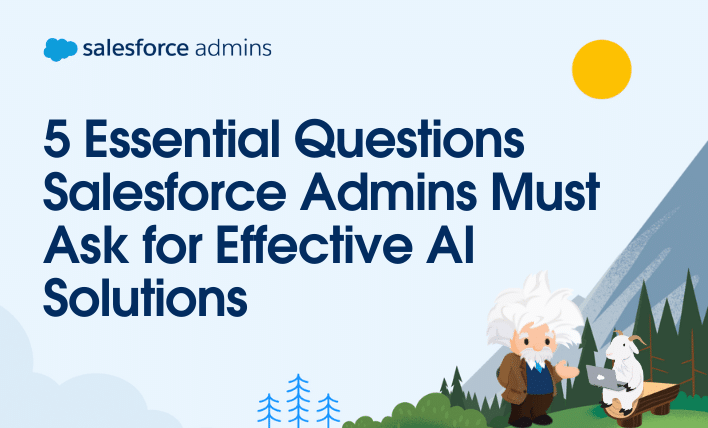While its impact is widespread, one of the most exciting aspects of artificial intelligence (AI) is its ability to create conversational interactions that generate personalized experiences, supercharging productivity and efficiency. In this blog post, we’ll explore how the implementation of large language models on mobile devices is reshaping the enterprise mobile landscape and how Salesforce […]






